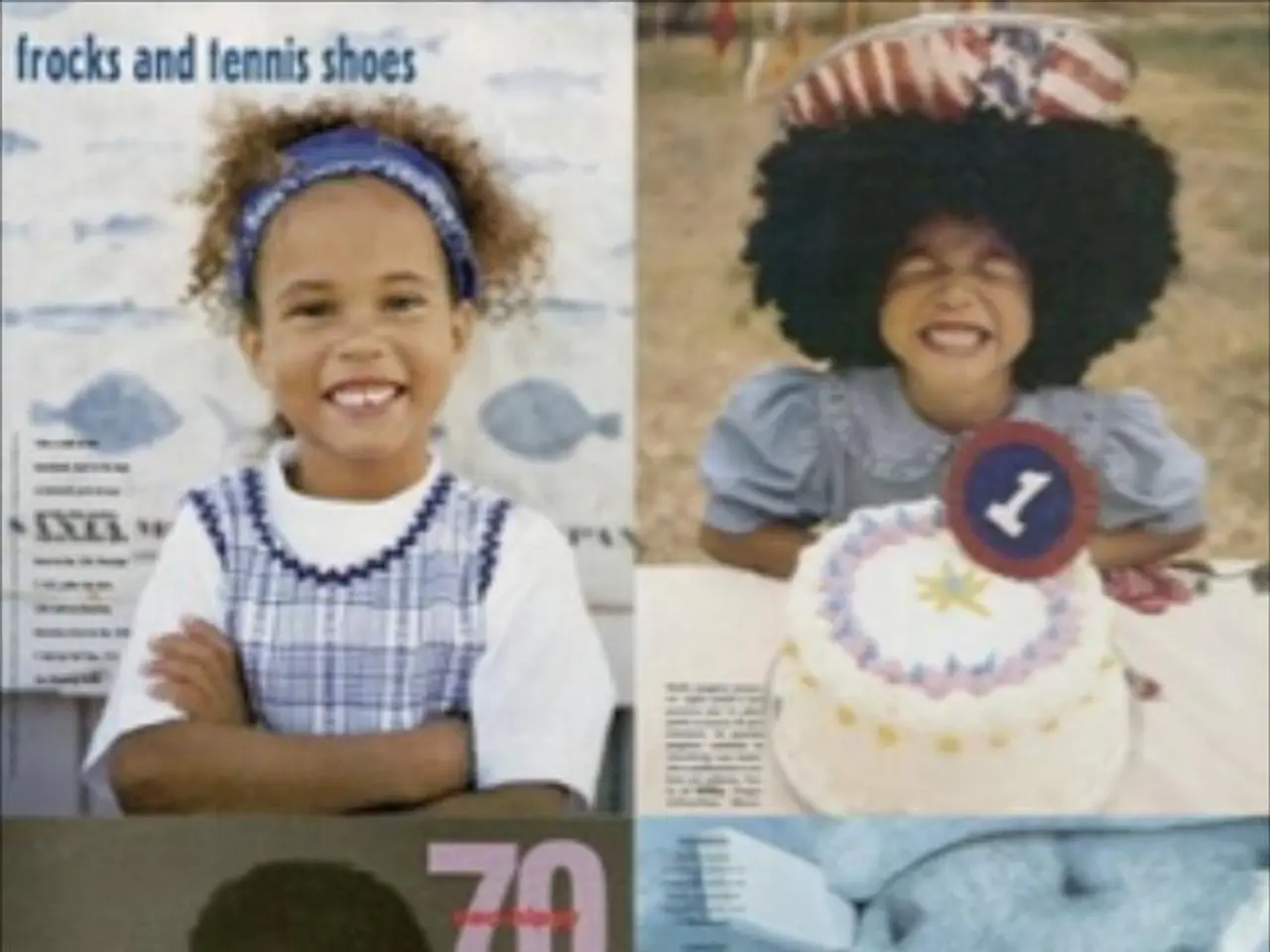Healing Childhood Trauma Through Connection Using the 5 Love Languages
The 5 Love Languages, a popular relationship guide, can also serve as a powerful tool for healing from childhood trauma. By helping survivors identify and rewire their ways of giving and receiving love, this framework addresses the deep emotional wounds and fears formed in childhood [1][2][5].
Reflection of Deep Wounds
Trauma often distorts how people experience love, such as hearing empty praise before abuse or receiving gifts as apologies. Recognizing these trauma "languages" helps survivors understand their emotional patterns and fears rooted in childhood [1][2][5].
Rewiring Nervous System Responses
Complex trauma ingrains survival responses in the nervous system that can make expressions of love feel unsafe or threatening. Engaging with love languages gently and intentionally supports creating new, positive emotional experiences and safety [2].
Creating Healthier Relationships and Emotional Safety
Using love languages fosters authentic communication and connection with others, which are crucial for emotional stability and healing. Learning and expressing the love languages enhances trust and emotional validation in relationships, counteracting the relational disruptions caused by trauma [2][3].
Moving Beyond Self-Abandonment
Love languages encourage self-love and emotional freedom, essential in trauma recovery. They guide survivors to stop chasing conditional or false versions of love and instead find genuine, nurturing ways to be loved and love themselves [4][5].
In essence, the framework of the 5 Love Languages is not just about romantic or interpersonal connection—it can also serve as a therapeutic tool helping childhood trauma survivors identify their most profound emotional needs, safely rewrite their internal love story, and build healthier, more loving relationships with themselves and others [1][2][3][5].
Moreover, seeking professional support can facilitate this exploration and the learning of new strategies for healing [1][2][5]. Regular reflection and adjustment are important for the healing process [1][2][5]. Gifts can symbolize thoughtfulness and cement satisfaction and commitment [3], while touch can provide comfort and safety, enhancing emotional bonds, and affirming presence [4]. Quality time can enhance connectivity and foster presence, developing emotional intimacy [4].
In conclusion, the 5 Love Languages offer a unique and effective approach to trauma healing, empowering survivors to communicate their needs effectively, foster empathy and strong ties, and build healthier, more loving relationships.
- Incorporating journaling into one's self-care routine can provide a safe space to explore and understand the impact of childhood trauma on mental health and relationships.
- By applying science and the principles of mental health, therapies and treatments can be tailored to support the healing journey for those who have experienced childhood trauma, complementing the 5 Love Languages framework.
- Cultivating a health-and-wellness lifestyle, focusing on self-care, mindfulness, and stress management, can make it easier to navigate the challenges of trauma recovery and implement changes suggested by the 5 Love Languages.
- Awareness of family dynamics and patterns of emotional expression can help childhood trauma survivors apply the 5 Love Languages to strengthen familial bonds, promoting healing and adopting new relationship strategies.
- The practice of mental health self-care, underpinned by the 5 Love Languages, can benefit not only romantic and interpersonal relationships but also friendships, colleague interactions, and one's overall well-being.




